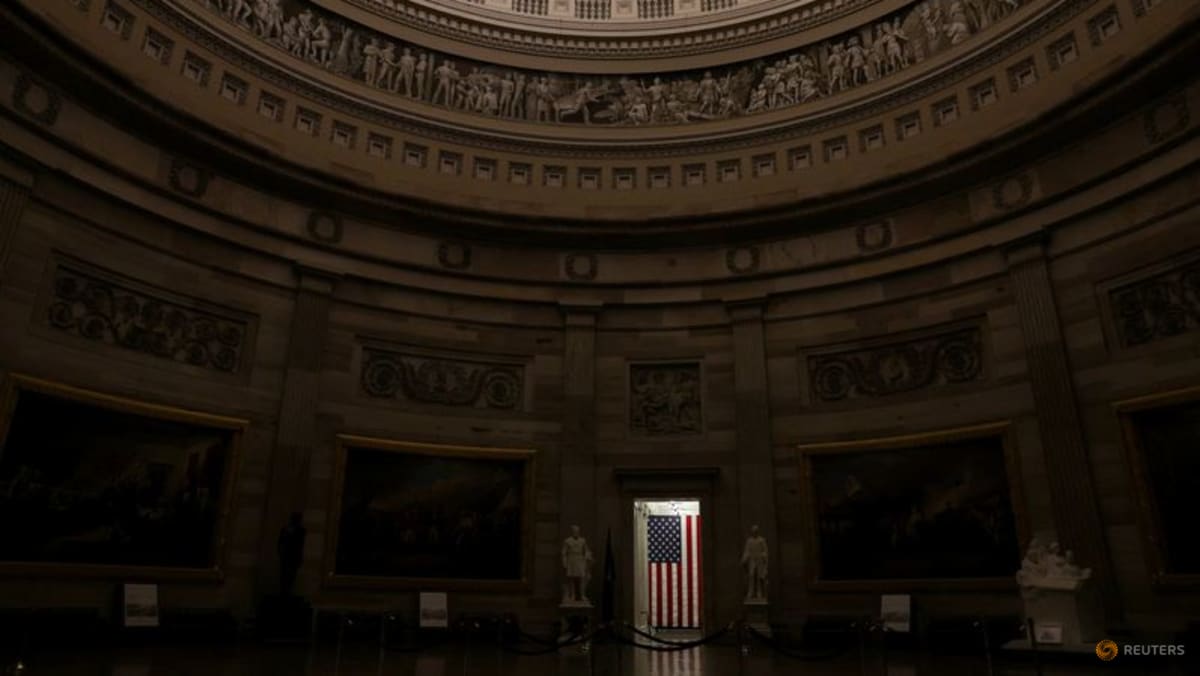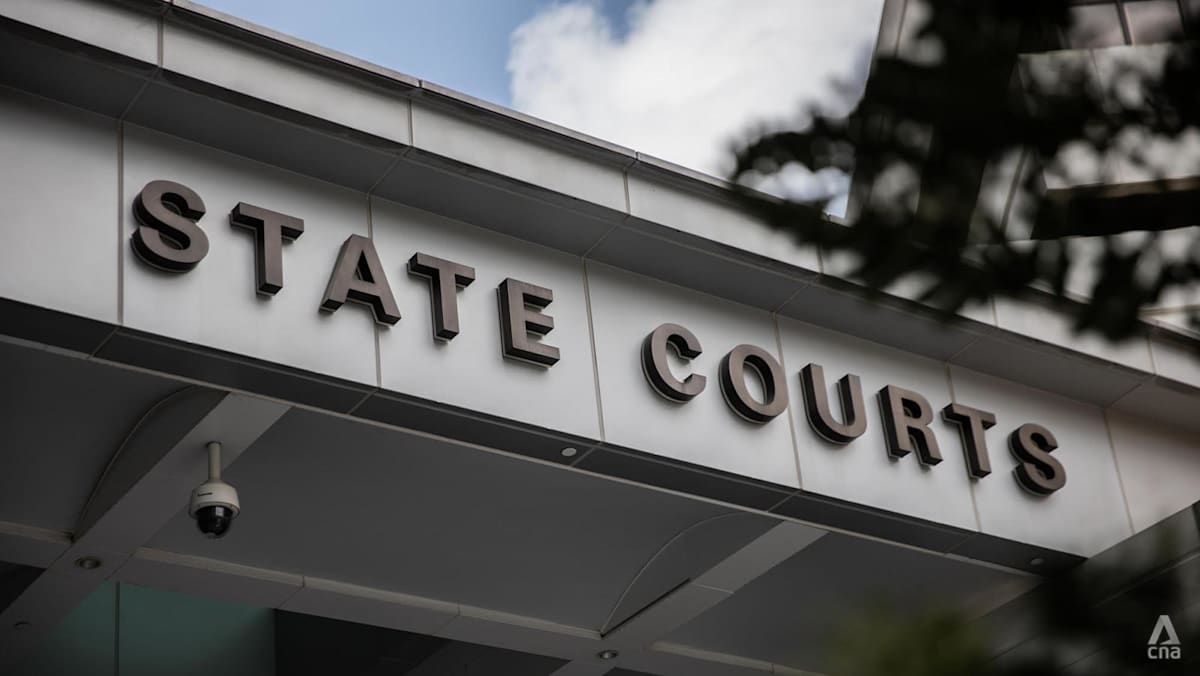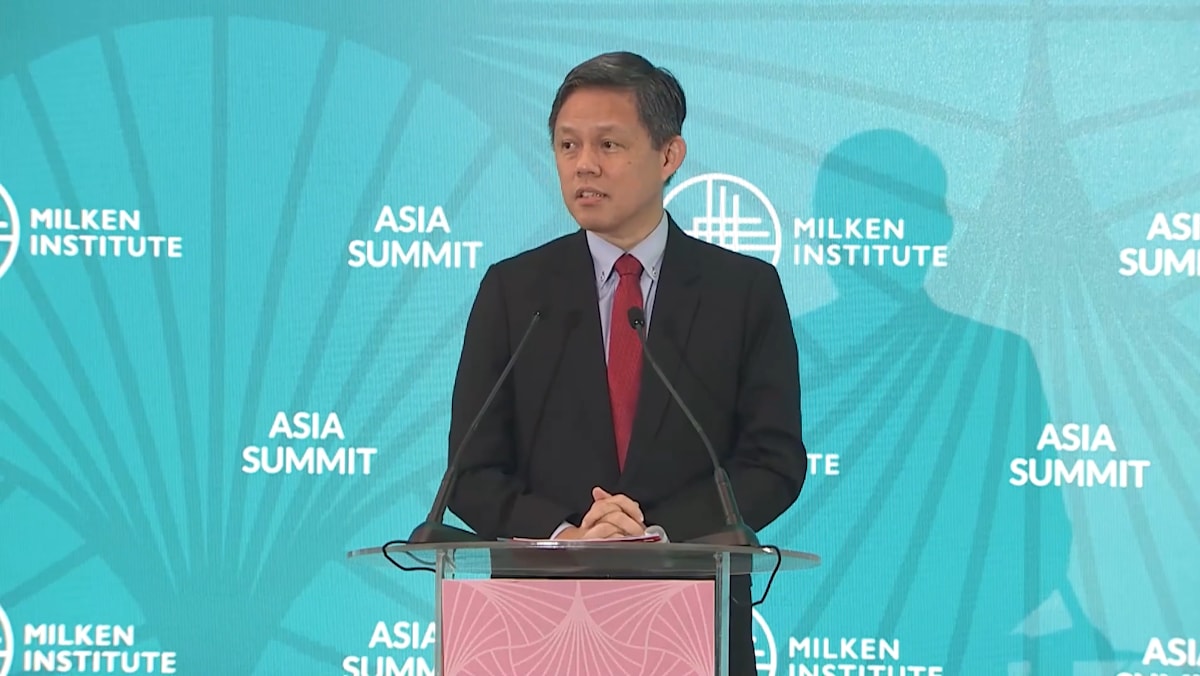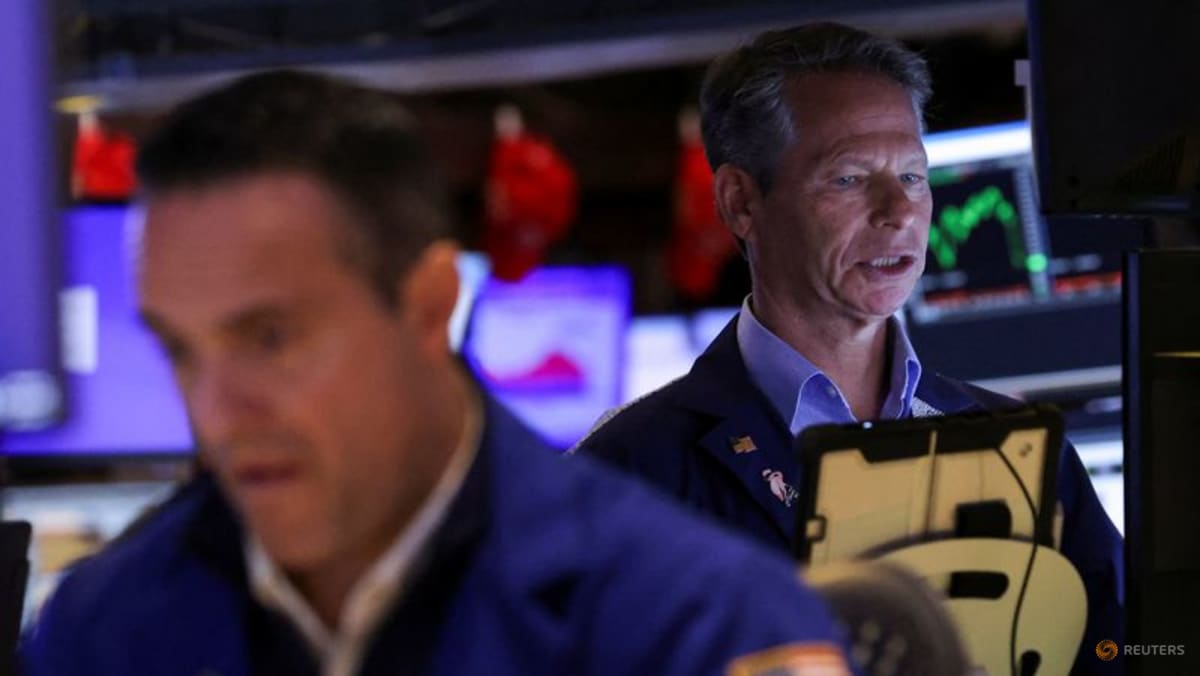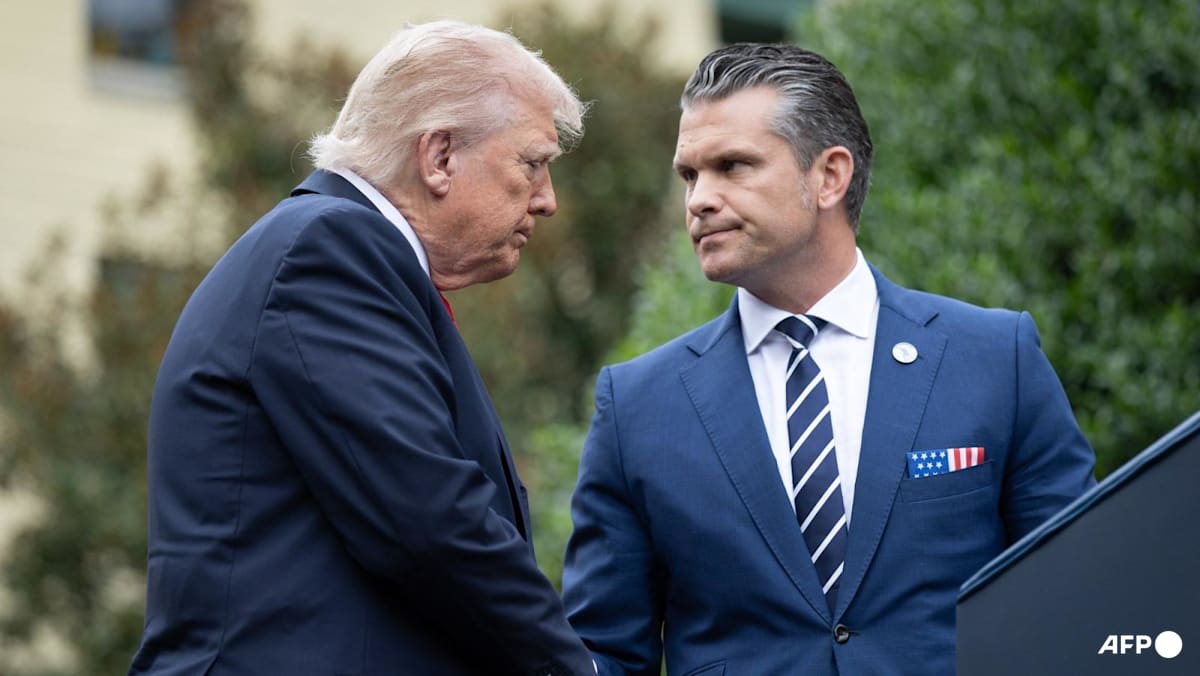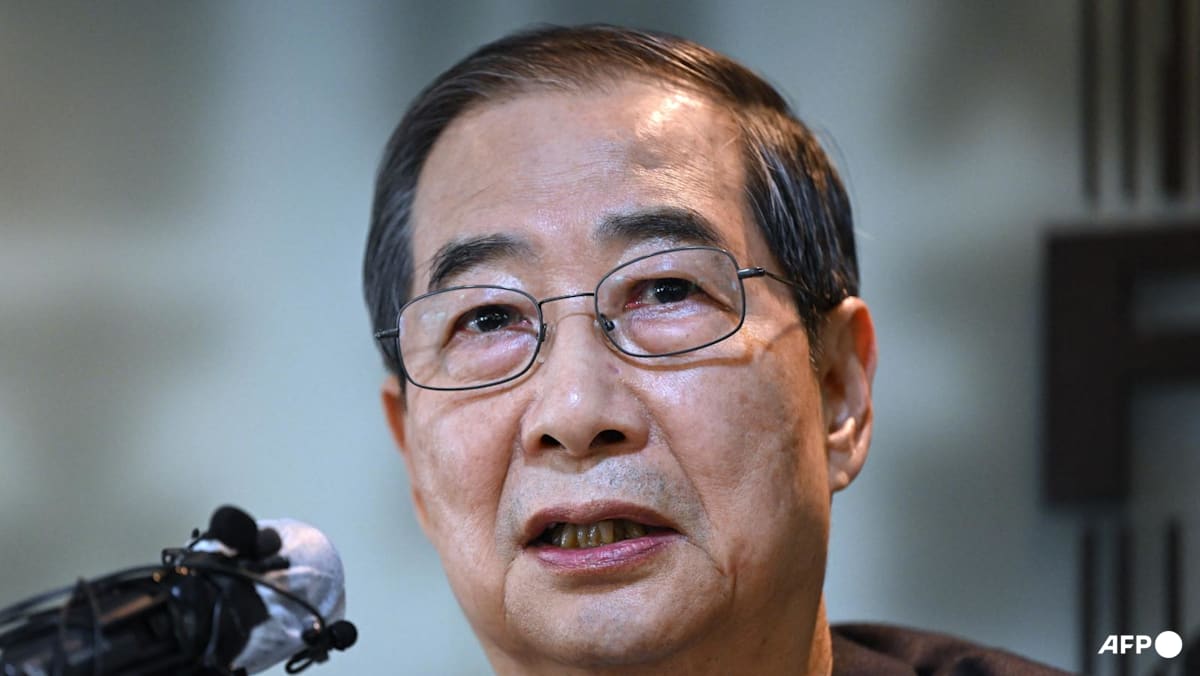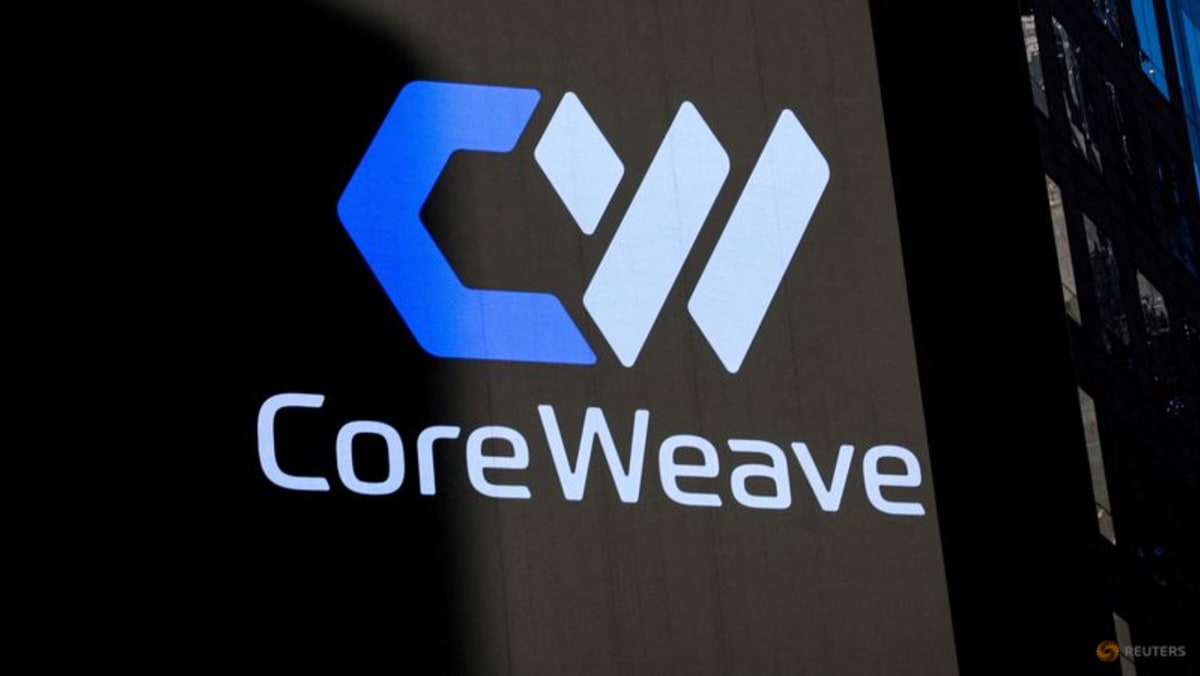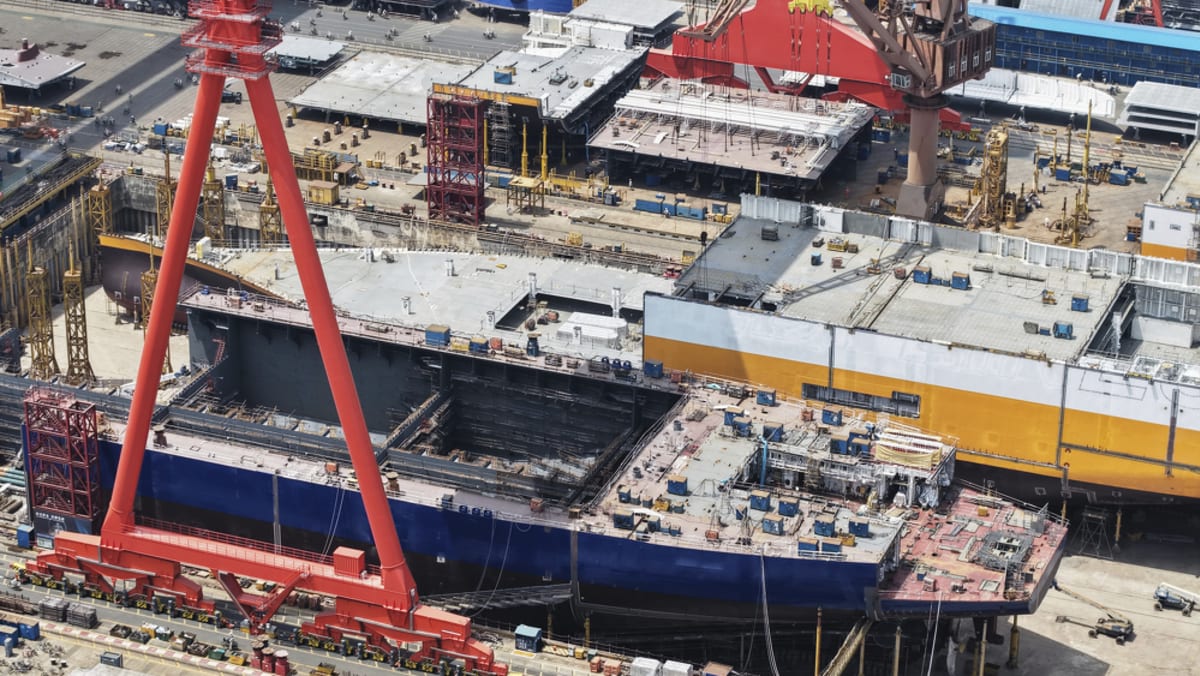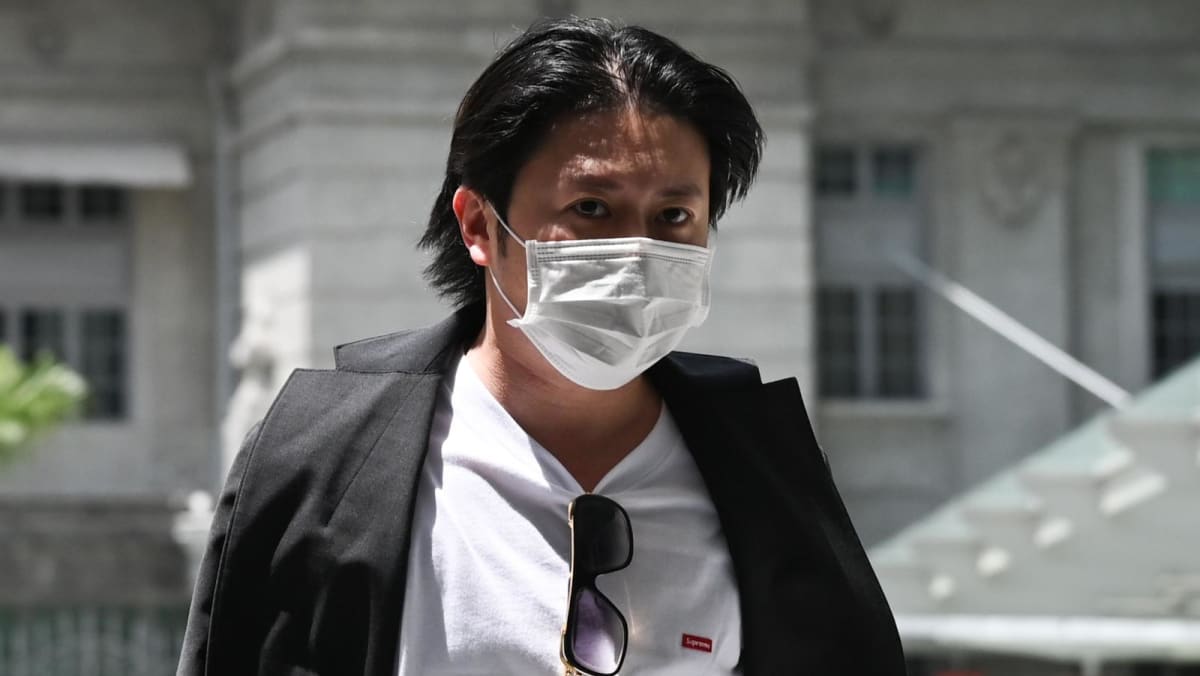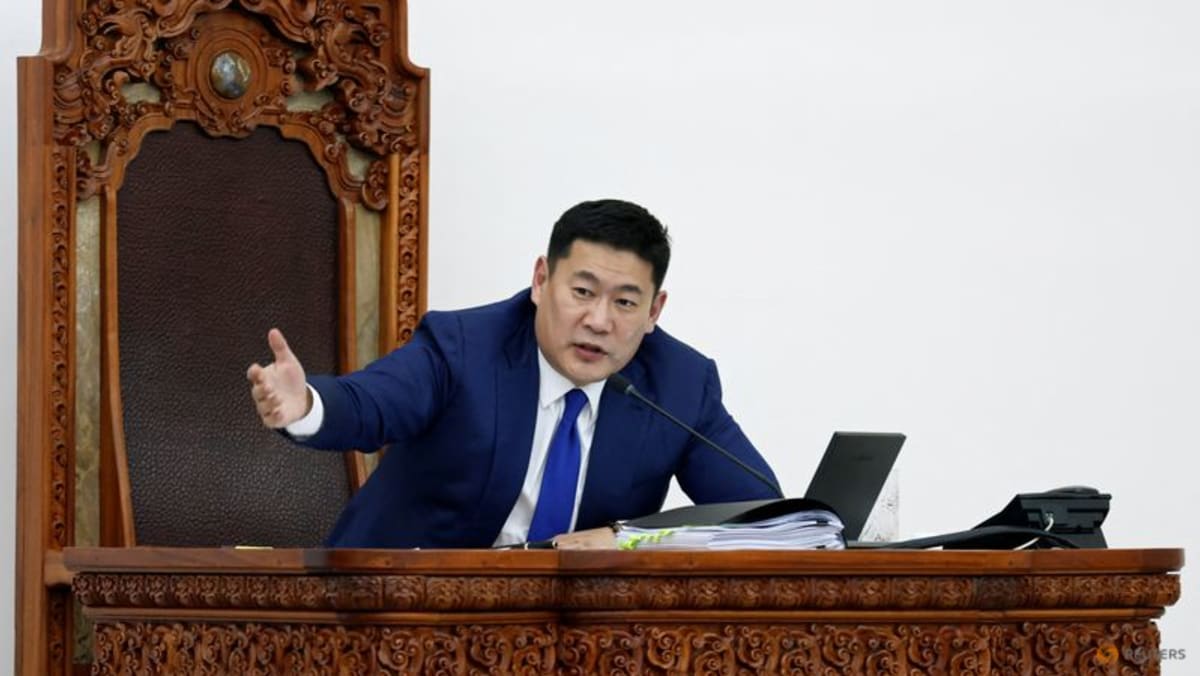Donald Trump’s relentless pressure on Jerome Powell is once again roiling markets and raising questions about what would happen next if the president fired the embattled Federal Reserve chair.
Such a move would be a first in United States history and would almost certainly trigger a landmark lawsuit that would grip both Washington and Wall Street and ultimately be decided by the US Supreme Court.
The latest turmoil erupted on Jul 16 amid reports that Trump was expected to move soon against Powell, who’s been in the president’s crosshairs for failing to heed his calls for lower interest rates. Trump pushed back on the reports, saying Powell’s ouster was “highly unlikely, unless he has to leave” due to “fraud".
That was a reference to cost overruns for renovations at the Fed headquarters, which Trump and his allies have been zeroing in on as a potential reason to fire Powell “for cause". Section 10 of the Federal Reserve Act, the law that governs the central bank, says members of the Fed’s Board of Governors, of which the chair is one, can be “removed for cause".
Whether cost overruns amount to such wrongdoing would be a novel matter for the courts.
What would likely happen next if Trump fired Powell?
The firing would take effect right away, but Powell could immediately sue, most likely in Washington federal court, and ask for an injunction reinstating him while the litigation moves forward.
Both sides would file briefs outlining their arguments, giving Powell an opportunity to portray his firing as unjustified. The judge could hold a hearing before issuing a decision on the injunction.
The outcome might hinge on whether Powell sways the judge that he – and the Fed – would suffer “irreparable harm” during the case if the status quo weren’t maintained.
The ruling on the injunction would be crucial because it could be months or longer before a judge rules on the merits of the case.
If Powell’s request for an injunction were denied, his firing would remain in effect and the Fed vice chair would serve as chair. That post is currently held by Philip Jefferson.
Jefferson was nominated to the Fed board by then-President Joe Biden in 2022. Powell was nominated as chair in 2017 by Trump, during his first term as president.
If the injunction were granted, Powell could remain in office while the case moves forward. Either side could appeal, meaning a federal appeals court panel would weigh in, potentially followed by the Supreme Court.
A Supreme Court decision on an injunction in all likelihood would resolve the case. Although the losing side could continue litigating the case, the chances of the justices effectively reversing themselves later on would be small.
What would the Supreme Court likely do if the case got there?
The Supreme Court indicated in May that Trump can’t simply fire Powell without any grounds. In letting Trump oust officials at two other agencies without having to give a justification, the court majority said the decision didn’t mean the president wielded similar authority at the Fed. The court called the central bank a “uniquely structured, quasi-private entity".
Still, the ruling left open the possibility that Powell could be fired for cause. And Trump’s Supreme Court track record is likely to put him in a strong position should the case land there.
The court’s conservative supermajority has repeatedly declined to second-guess Trump’s judgments, conferring broad criminal immunity on the president last year and then granting a barrage of requests to let policies of his that are under legal challenge take effect this year.
“They are getting out of Trump’s way,” said Jed Shugerman, a Boston University law professor who is an expert on presidential power.
Even if lower court judges or the Supreme Court finds Trump unlawfully fired Powell, it’s not clear he’d be able to stay in his job, said Jonathan Shaub, an executive power expert at the University of Kentucky J. David Rosenberg College of Law who has served under Democratic presidents in the White House and Justice Department.
He pointed to two indicators.
First, in a Jun 27 ruling in the legal fight over Trump’s policy restricting birthright citizenship, the Supreme Court narrowed the authority of federal judges to provide “equitable relief", which is a court-ordered remedy requiring a party to do or stop doing something, rather than paying money to settle a lawsuit.
Second, Justice Neil Gorsuch wrote an opinion earlier in the year suggesting it wasn’t appropriate for courts to reinstate high-level officials.
What would a legal case hinge on?
It would depend on what reason or reasons Trump gave. If the president were to take the “for cause” route, accusing Powell of mismanaging the Fed headquarters renovation, the case might hinge on the details of that project and who made the decisions that led to the cost overruns.
Laws that describe “for cause” generally define the term as encompassing three possibilities: inefficiency; neglect of duty; and malfeasance, meaning wrongdoing, in office. There’s no consensus on what the terms, which gained prominence in Congress more than a century ago, mean specifically.
A judge would have to decide, based on arguments from both sides, whether Powell’s role in the renovation cost overruns amounted to any of the three.
But clear legal precedents would be few and far between. The Supreme Court has never considered whether a president had adequate grounds to dismiss an official for cause.
“We’ve never tested this kind of statute before, and certainly not in the context of the Fed,” said Adam White, a scholar who focuses on the Supreme Court and the administrative state at the American Enterprise Institute.
A report by Columbia Law School lecturers Jane Manners and Lev Menand said that inefficiency in this context has been described as “wasteful government administration caused by inept officers,” while malfeasance in office has been characterised as a “wrongful act committed in the execution of one’s duties that caused injury to others".
Neglect of duty, they said, indicated a “failure to perform one’s duties in a way that caused injury to others".
It would be up to the courts to decide how the “for cause” standard applied to any lawsuit by Powell.
What’s the issue with the Fed’s renovation project?
The Fed is in the midst of the first large-scale renovation of its two main buildings in Washington since they were built in the 1930s. The central bank has said the project is designed to reduce costs over time by consolidating the bank’s operations.
The renovation plans were first approved by the Fed’s board in 2017. Since then, the price tag has swollen. According to Fed budget documents for 2025, the overall cost estimate for the project has risen to US$2.5 billion, compared with US$1.9 billion in 2023.
The bank attributes the increase in the estimate mainly to design changes that were a result of consultations with review agencies, differences between estimated and actual costs, and unforeseen circumstances such as finding more asbestos than anticipated.
A number of Trump allies have seized on the renovation in an apparent effort to build a case to justify firing Powell.
Bill Pulte, director of the Federal Housing Finance Administration has alleged, without providing details, that Powell lied about the specifics of the project during a Jun 25 Senate hearing. Pulte has asserted this would warrant removing Powell “for cause” and called on Congress to investigate. A Fed official said that Powell’s statements were truthful.
Russell Vought, director of the White House Office of Management and Budget, said in a Jul 10 social media post that the renovation project was “an ostentatious overhaul".
Trump has said that Powell should be investigated for fraud related to the renovations.
At Powell’s request, the Fed’s Inspector General has launched an investigation of the project’s cost increases.
How quickly could a new permanent chair take the helm if Powell is removed?
A new, permanent chair would need to be nominated by Trump and confirmed by the Senate, a process that typically takes some weeks if not months. In the interim, the Federal Reserve Act states that the vice chair “shall serve in the absence of the Chairman".
What would Powell’s dismissal mean for interest rates?
Removing the Fed chief wouldn’t necessarily solve Trump’s main beef with the central bank.
He wants lower interest rates, but a new chair couldn’t deliver that alone. Rates are set by the Federal Open Market Committee, which is currently headed by Powell.
The FOMC has the ability to elect its own chair. That position has typically been held by the Fed chair, though it can be held by any one of the other 18 policymakers on the committee. All 19 members participate in FOMC meetings and 12 vote. That means a new chair would have to win over the other members with a reasonable case for cutting rates.
How would financial markets react to Powell’s dismissal?
Investors value the Fed’s status as an independent organisation. Without it, the central bank’s pledge to keep inflation in check lacks credibility. And expectations for higher inflation can drastically shift the price of financial assets.
Within 30 minutes of a Bloomberg report that Trump would likely fire Powell, the S&P 500 index of US stocks fell 1 per cent, the yield on the 30-year US treasury bond rose 10 basis points, and the Bloomberg Dollar Spot Index declined 1.2 per cent.
Bloomberg Economics’ Anna Wong said that if Trump actually moves to dismiss the Fed chair, it would result eventually in slower economic growth, higher unemployment and sticky inflation.


